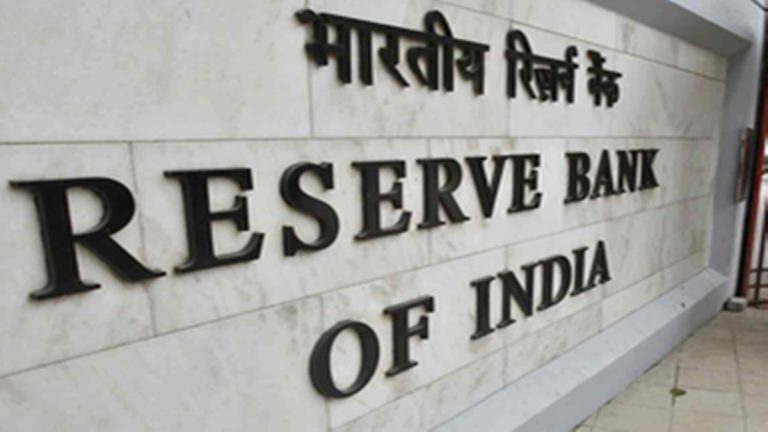India’s journey towards a financially inclusive economy gained significant momentum as the Reserve Bank of India’s Financial Inclusion Index (FI-Index) rose to 67 in March 2025, marking a 24.3 percent increase since its inception in 2021, according to a statement released by the Press Information Bureau on Wednesday. The index, which stood at 64.2 in March 2024, reflects growth across its three sub-indices—Access, Usage, and Quality—underscoring the government’s commitment to ensuring equitable access to financial services for all citizens.
The FI-Index, launched by the RBI in 2021, measures financial inclusion across banking, investment, insurance, postal, and pension sectors through 97 indicators. Ranging from 0 to 100, where 100 signifies complete financial inclusion, the index evaluates access to financial infrastructure, usage of services, and quality aspects such as financial literacy and consumer protection. The 2025 growth highlights improvements in usage and quality, driven by enhanced financial literacy initiatives and expanded digital infrastructure. The Access sub-index tracks physical and digital infrastructure, including savings accounts, post offices, and Point of Sale terminals, while Usage reflects demand through savings, credit, and digital transactions like UPI. The Quality sub-index focuses on financial education and grievance redressal mechanisms.
Prime Minister Narendra Modi’s vision of inclusive development resonates in these efforts, with financial inclusion recognized globally as a key enabler for seven of the United Nations’ 17 Sustainable Development Goals. The World Bank’s Global Findex 2025 noted that 89 percent of Indian adults now have bank accounts, a significant leap since 2011, with active account usage steadily rising.
Central to this progress is the Pradhan Mantri Jan Dhan Yojana (PMJDY), a flagship scheme that has brought banking to 55.98 crore beneficiaries as of August 4, 2025, with over 55 percent of accounts held by women. Offering basic savings accounts, no minimum balance, RuPay debit cards, accident insurance, and overdraft facilities, PMJDY has revolutionized financial access. Supporting this, 13.55 lakh Bank Mitras and 107 Digital Banking Units have been established to connect underserved populations with banking services.
Other key initiatives include the Pradhan Mantri Suraksha Bima Yojana (PMSBY), providing affordable accident insurance to 50.54 crore individuals, and the Pradhan Mantri Jeevan Jyoti Bima Yojana (PMJJBY), offering life insurance to over 23 crore people. The Atal Pension Yojana (APY) has enrolled 7.65 crore subscribers, ensuring pensions for unorganized sector workers, with 48 percent female participation. The Pradhan Mantri MUDRA Yojana (PMMY) has sanctioned 53.85 crore loans worth Rs 35.13 lakh crore, empowering small enterprises, particularly women and minority entrepreneurs. The newly introduced Tarun Plus loan category supports repeat borrowers with loans up to Rs 20 lakh.
The Stand-Up India Scheme has sanctioned Rs 61,020.41 crore to promote entrepreneurship among SC, ST, and women entrepreneurs, while the Mahila Samriddhi Yojana has disbursed Rs 72,859 lakh to women from marginalized backgrounds. The Kisan Credit Card scheme has doubled its credit disbursal to Rs 10.05 lakh crore, benefiting 7.72 crore farmers. The Unified Payments Interface (UPI), handling Rs 24.03 lakh crore across 18.39 billion transactions in June 2025, accounts for 85 percent of India’s digital payments and nearly half of global real-time transactions.
A nationwide campaign launched by the Ministry of Finance in July 2025 aims to achieve full saturation of financial inclusion schemes by September. In its first month, 99,753 camps facilitated 6.65 lakh new PMJDY accounts and over 10 lakh KYC re-verifications, alongside promoting financial literacy and fraud prevention awareness. The National Strategy for Financial Inclusion (2019-2024) and National Strategy for Financial Education (2020-2025) continue to guide these efforts, ensuring universal access to banking, insurance, pensions, and skill development while fostering financial literacy through a coordinated “5-C Approach” emphasizing content, capacity, community, communication, and collaboration.














